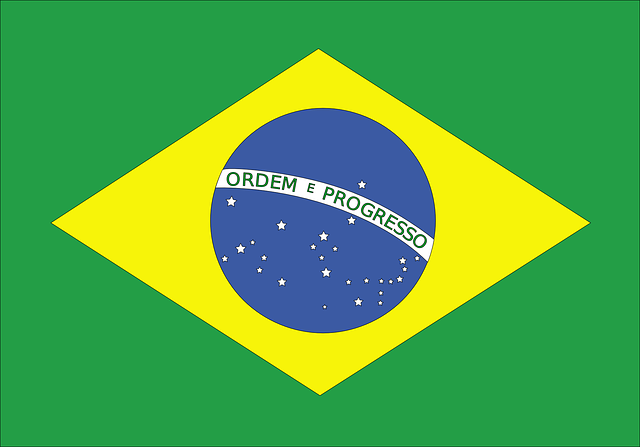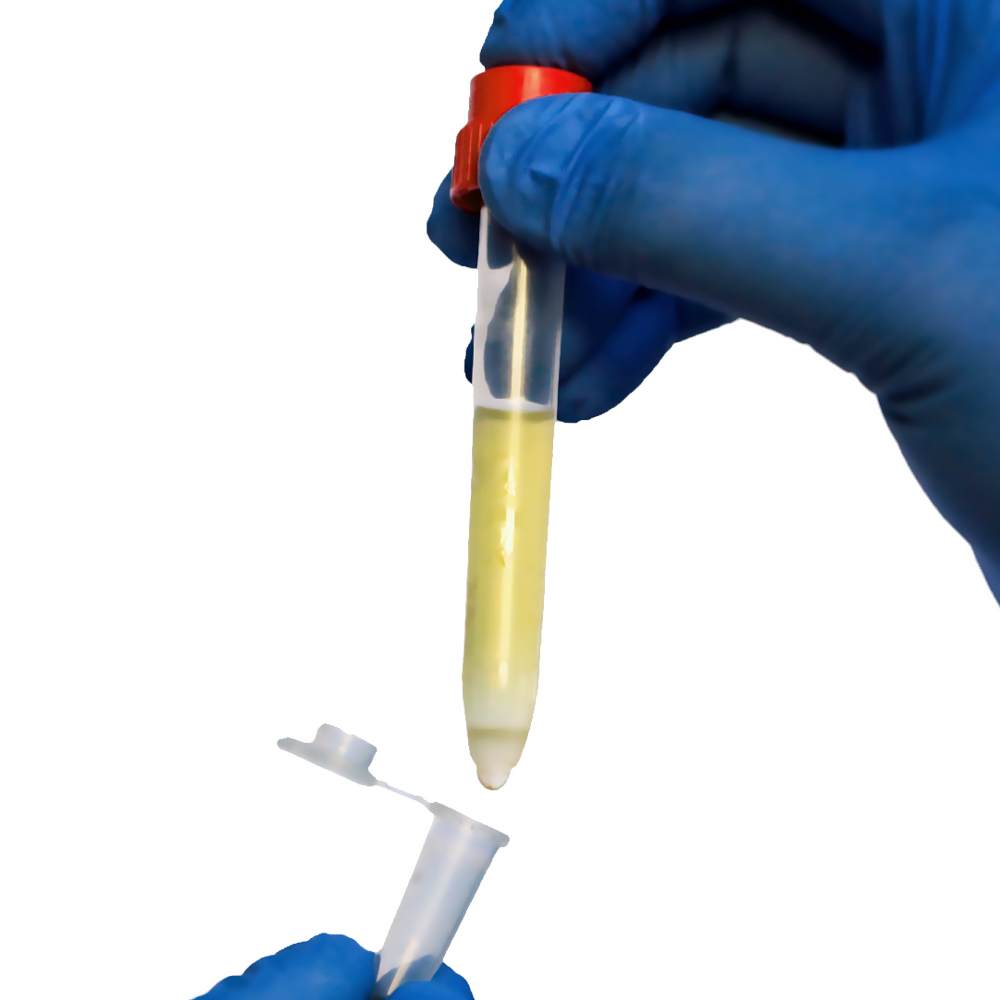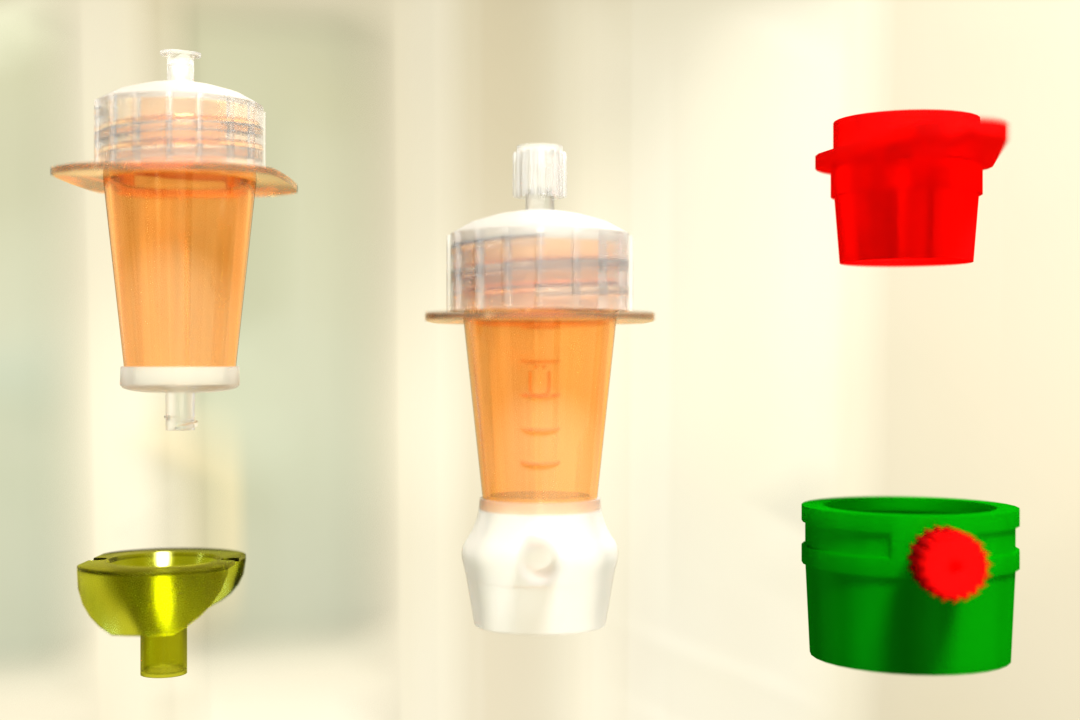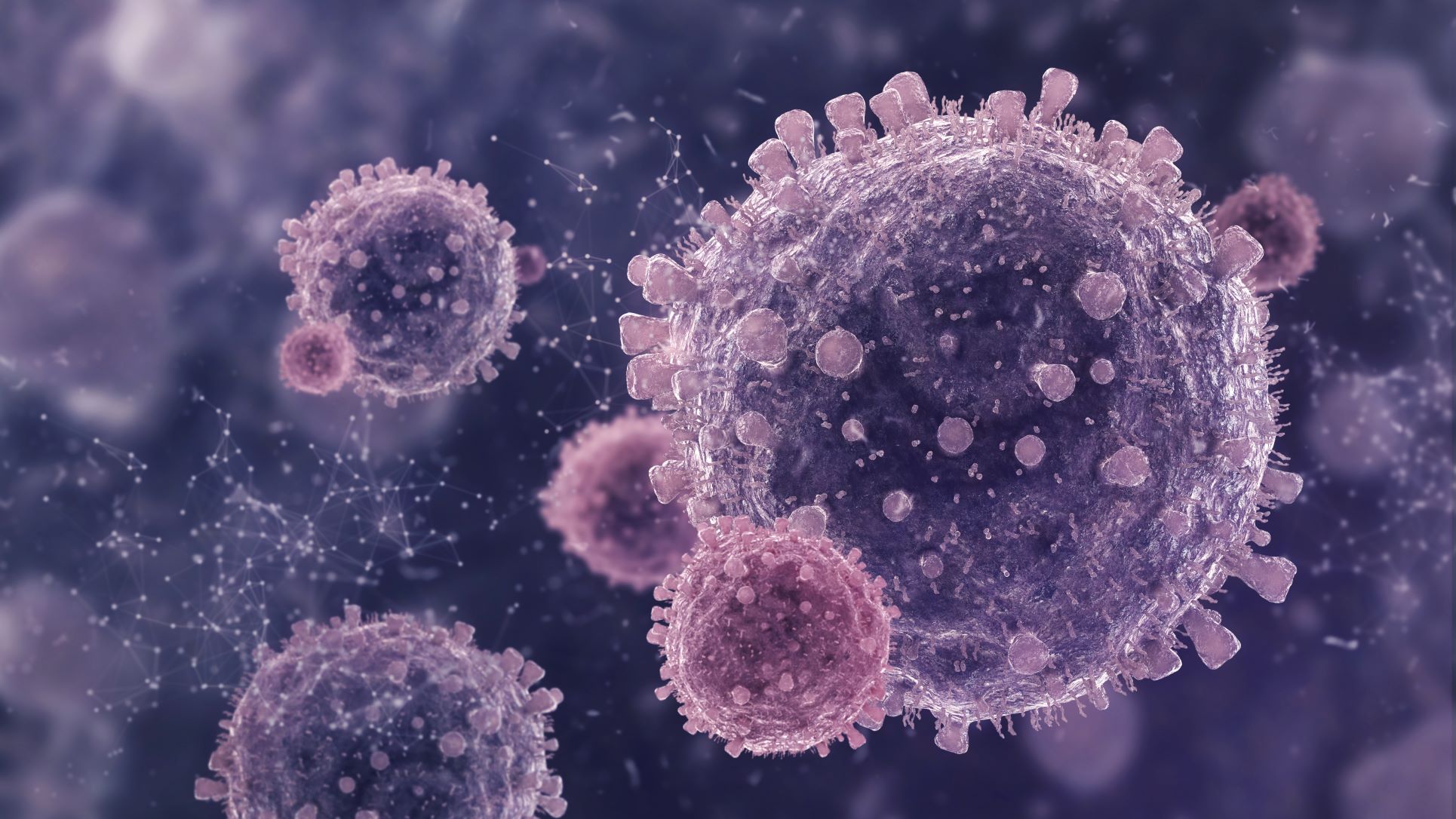If you are searching for a simple, effective way to remove unwanted RBCs from biological samples, then Plurispin is there to help. Keep reading to know more.
When a single cell type, such as red blood cells, is removed from a biological sample, the process is known as depletion.
Human peripheral blood mononuclear cells (PBMCs), for example, are frequently used to study immunological functions such as cell surface marker expression and cytokine production. RBC depletion occurs when RBCs are removed from PBMCs.
RBC depletion is a critical step in sample preparation that is used to remove red blood cell contamination from biological samples such as bone marrow or dissociated tissue. High RBC concentrations can cause background interference in assays and reduce the accuracy of downstream analysis. RBC depletion may be required for full functionality in some applications (including simple and fast removal of residual RBCs).
Following RBC depletion, a cell sample is ready to be separated into specific cell subsets or otherwise processed.
There are several methods for red blood cell separation from a sample. The following are examples of typical methods:
- Ammonium chloride lysis
- Density gradient techniques
- Hypotonic lysis
- Immunomagnetic cell separation
- Sedimentation
However, due to a disease state or poor preparation, these techniques may leave residual RBCs in the final fraction. Some methods necessitate multiple centrifugation steps or lengthy incubation times. They may also be ineffective with small volumes or frozen samples.
So, what should a researcher do? Look no further: Plurispin is here to assist you.
Best Red Blood Cell Depletion Method
Plurispin is an excellent alternative to typical RBC depletion methods. TwinSpin centrifuge tubes pre-filled with PBMC Spin Medium can be used to separate peripheral blood mononuclear cells (PBMC) from whole blood and bone marrow. A standard 15 and an inner tube make up the TwinSpin. The open bottom of the inner tube is submerged in the Density Gradient Medium (DGM). Anticoagulated blood or bone marrow can be pipetted directly into the TwinSpin from the blood sampling tube.
Inside the inner tube, the sample is placed on top of the DGM. Depending on the density gradient used (Leuko Spin, PBMC Spin, PBMC 24+, or PLT Spin Medium), leukocytes, lymphocytes, and PBMCs are separated from unwanted erythrocytes and granulocytes during Density Gradient Centrifugation.
As a result, the interphase is enriched in target cells above the DGM. The erythrocytes will settle out of the inner tube at the bottom of the outer tube via the DGM. Simply remove the inner tube once the separation is complete. The elastic cap serves as a valve. By removing the cap, the collection tube transforms into a pipette. Drop by drop, the contents can be collected.
Advantages of Plurispin
The stress of being passed through a column is not applied to the cells. The desired cells lack antibodies and contain no beads. This prevents unintentional activation or blocking of the population of interested cells. All undesirable cells are removed through negative cell selection. All cells, excluding the cells of interest, will be bound to particular antibodies and separated, in contrast to positive cell enrichment. The desired cells are left “untouched” by antibodies or beads in the sample material, while the undesirable cells are eliminated.
Without using magnets or columns, the pluriSpin system isolates live, unaltered, and highly purified cells in a single step. As a result, there is a lower chance of activation or damage to the targeted cells. No specialized knowledge or tools, such as specialized instruments or magnets, are needed for PluriSpin. It only needs a mixer, like our magnetic stirrer adapter or a whipping rolling mixer (pluriPlix).
Facts & Features of PluriSpin
- Inexpensive negative cell separation
- Based on density centrifugation and independent of RBC concentration
- Maximum viability requires unaltered cells.
- Without columns or magnets
- PLT Depletion can be used to remove platelet contamination from whole blood, buffy coat, or cord blood.
Density Gradient Media
For the specific isolation of various blood cell populations using density gradient centrifugation in a single step, PluriSelect provides ready-to-use density gradient media.
PLT Spin Medium
Using a single step of centrifugation, PLT Spin Medium is a ready-to-use, sterile density medium for the high yield isolation of platelets from fresh human peripheral blood.
PBMC 24+ Spin Medium
Through a single step of density gradient centrifugation, PBMC Spin 24+ Spin is a ready-to-use, sterile density medium for the isolation of PBMC from 8–24 hour old sample material (peripheral blood, buffy coat).
Monocytes Spin Medium
Monocytes Spin Medium is a ready-to-use, sterile density medium for the single-step density centrifugation of monocyte enrichment in a high yield from fresh peripheral blood or buffy coat. For downstream uses like cell culture and differentiation, Monocytes Spin is a gentle substitute for bead-mediated monocyte cell enrichment.
Density Diluent Medium
For the preparation of various density working solutions for the enrichment of cells, bacteria, and other particles, a high-density spin medium is a ready-to-use, sterile medium. By combining our density diluent medium with our high-density spin medium, working solutions can be created.
High Density Spin Medium
For the preparation of various density working solutions for the enrichment of cells, bacteria, and other particles, the density diluent medium is a ready-to-use, sterile medium. High Density Spin Medium can be diluted with Density Diluent Medium to create the working solutions.
PBMC Spin Medium
A sterile, ready-to-use density medium called PBMC Spin is used to efficiently isolate peripheral blood mononuclear cells from fresh human blood or buffy coat. A single-step density gradient centrifugation using PBMC Spin Medium can enrich cells.
Leuko Spin Medium
Leuko Spin is a sterile, ready-to-use density medium for the efficient isolation of all leukocytes from the buffy coat or fresh human peripheral blood. A single-step density gradient centrifugation using Leuko Spin Medium can enrich mononuclear and polymorphonuclear (multi-lobed nuclei) cells.
Solution and advantages with pluriSpin Human PLT Depletion
- Using density gradient centrifugation increases the purity of enriched cells in a single step.
- Can be used in conjunction with negative cell separation techniques such as pluriSpin.
- Improved enrichment of rare cells (e.g. in use with pluriSpin CD45 Depletion)
- The blood sample undergoes the least amount of manipulation due to the shorter centrifugation step (compared to standard protocol with platelet density gradient)
- The enrichment of cells from blood samples older than 8 hours will be enhanced.
If you want to improve the quality and viability of sorted cells while drastically saving time and reducing costs, give Plurispin a try. Our products provide a simple and elegant solution to a virtually limitless number of applications and industries. We’re here to help with whatever challenges you’re facing, from expanding diagnostic capabilities to rare cell and environmental applications.
Reference:
Pub Med
URMC
 English
English French
French
 German
German
 Spanish
Spanish
 Belgium
Belgium
 Italian
Italian Brazil
Brazil Chinese Mandarin
Chinese Mandarin




